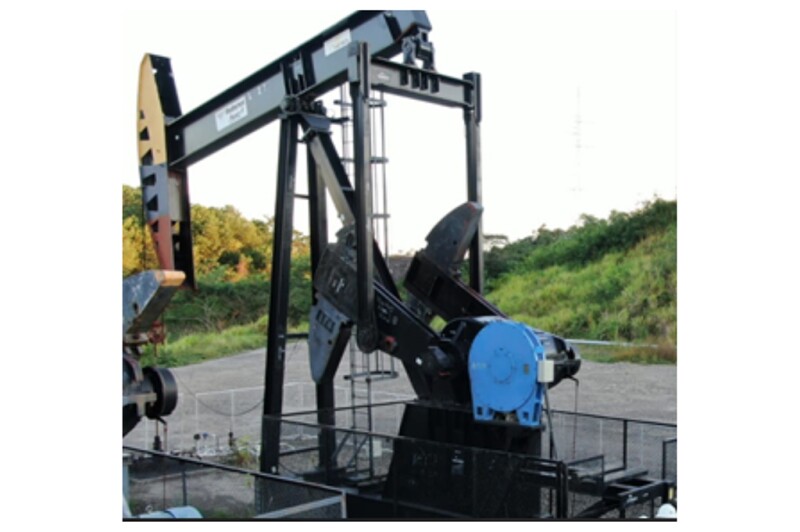Permanent-magnet-motor (PMM) technology was evaluated and implemented in the different artificial lift systems in the Llanos Norte (LLN) and La Cira Infantas (LCI) fields in Colombia, aiming to find a more-efficient motor to generate energy consumption savings and reduce carbon footprint. The complete paper shares technical details of the evaluation of tests performed in the field to validate the implementation of PMM technology in the artificial lift systems, the calculation of reduction of tons of carbon dioxide (CO2), and the main challenges in its application as an energy-efficient solution for future projects.
Field Background
The Llanos Orientales basin has 482 installed electrical-submersible-pump (ESP) and 24 sucker‑rod-pump (SRP) wells at the time of writing, at an average depth of 7,450 ft true vertical depth (TVD). LCI, the other field under study, is Colombia’s first producing field and has three different artificial lift systems to produce its wells: 215 progressive-cavity-pump (PCP) installations, 691 SRP installations, and 257 ESP installations. The average depth of the field is 3,500 ft TVD.
Background for PMM Technology in the Operator’s Energy Fields
In 2016, the first attempt to implement PMM technology for ESP equipment in the LLN and LCI fields was made. The project began in November of the same year with a trial test in LLN with the installation of PMMs in two ESP wells.


